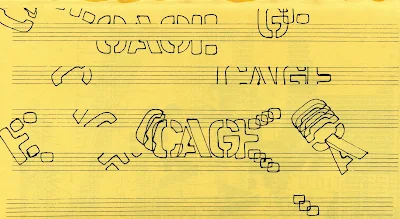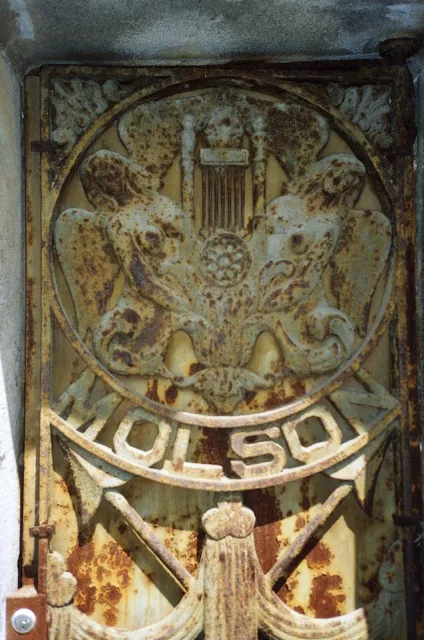Wednesday, November 5, 2008
St Patrick's Basilica, Montreal (one)
Monday, November 3, 2008
Sunday, November 2, 2008
St. Joseph's Oratory, Montreal (two)
Saturday, November 1, 2008
St. Joseph's Oratory, Montreal (one)
 Montreal's St. Joseph Oratory seen from Cote des Neiges Cemetery.
Montreal's St. Joseph Oratory seen from Cote des Neiges Cemetery.
Thursday, October 30, 2008
The Cut-up Technique
I learned of the cut-up method in William Burroughs and Brion Gysin’s book Minutes to Go that I read in the early 1970s. I was just beginning to read my work in public and the cut-ups made a huge impression on me at the time. Indeed, the writings of Jack Kerouac and Allen Ginsberg, Gregory Corso and William Burroughs, and others, spoke to many of us in a personal and relevant way. Writing poetry was our journey and these older writers were our mentors. I also read all of Henry Miller and Anaïs Nin, and other writers that Henry Miller recommended in his The Books in my Life; indeed, that’s where I first heard of Blaise Cendrars and, possibly, J. Krishnamurti. At the time of these early public readings and performances, I was also involved with the writings of John Cage that emphasized silence, randomness, coincidence/synchronicity, and non-linearity in art.
I have always liked several things about making cut-ups: For instance, 1) the physicality (or non-cerebral aspect) of the cut-ups, using scissors and glue to create new writing; 2) the relationship of the cut-ups to making collages, which are really visual cut-ups; 3) I have always been intrigued by the randomness of the cut-ups, allowing a new voice to emerge from the writing; 4) the connection to visual art (painting, film, etc.) interested me; 5) avoiding the imposition of the ego in the writing, always seemed to me one of the objectives I was attempting to achieve in my experimental writing; 6) cut-ups can be performed using several voices, or a room full of voices, or the reading/performance can have several cut-ups read simultaneously.
The cut-ups remind us of a serious ambition in poetry, in sound poetry, in visual poetry, and in printed poetry. In my writing since the cut-ups—writing concerned with redemption and witness—the context has always been living in an existential world in which insight and affirmation of life has been hard-won. The cut-ups affirm life, they show meaning and creativity in randomness and coincidence.
Monday, October 27, 2008
The Shaman’s Tune
Shamanism is as old as primeval sea life that has not yet been thrown onto the distant shore of consciousness—consciousness that is about to experience an evolution that takes more years than we can imagine.
Wednesday, October 22, 2008
A Walk on the Lachine Canal





 One of the oldest Anglican Churches in Quebec, St. Stephen's Church is just off the canal.
One of the oldest Anglican Churches in Quebec, St. Stephen's Church is just off the canal. Saturday, October 18, 2008
Molsons at Mount Royal Cemetery

Friday, October 17, 2008
Thursday, October 16, 2008
St. Michael's, Mile End, Montreal (two)
Wednesday, October 15, 2008
St. Michael's Church, Mile End, Montreal (one)








































